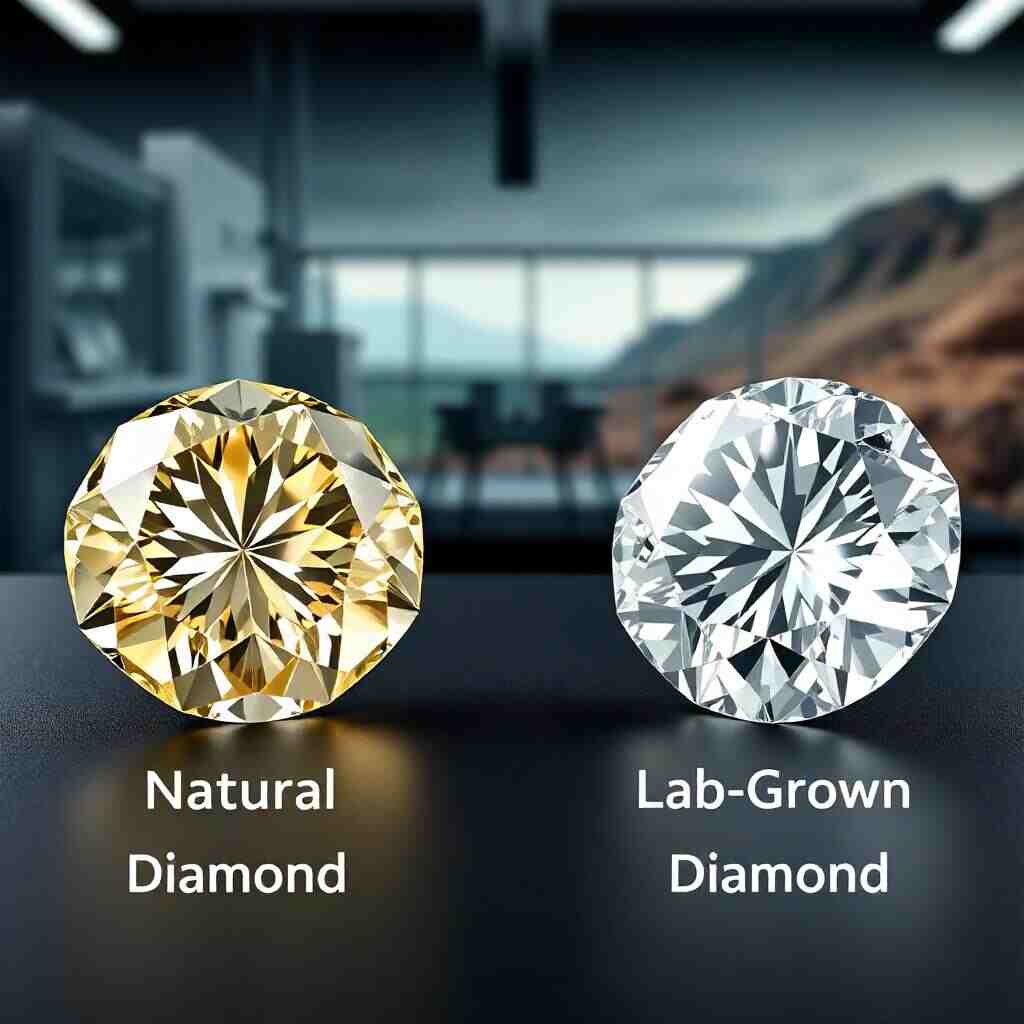
Lab-Grown Diamonds vs. Natural Diamonds: Future Outlook
Lab-grown diamonds offer ethical, affordable alternatives, but natural diamonds' rarity and prestige may keep them both in demand for years to come.

© 2024 Crivva - Business Promotion. All rights reserved.